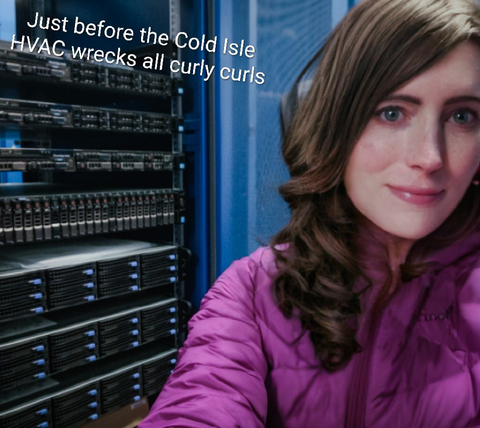Off and on over the past few days I've been re-reviewing a selection of the more common and only slightly new-fangled tools which the cloud-kids are using lately; ones which are intended for managing their various connections into the "confusing" and overly/overtly complex "Cloud Multiverse!"
One of which is Xpipe. One of which is Teleport. A quick list of "why should we care" for Xpipe sums it up very easily:
Every single feature on that list is solved by a Greybeard's one-liner script. Usually these are the matter of a few indented lines into a user's SSH config entry with either port redirects, transparent SOCKS5 connection maps, or tunneled or chained port-forwards. Sometimes it's a one-liner shell script that execs a SSH config entry. SSH is an amazing product, a piece of software which the world cannot exist without. OpenSSH even more so, but the difference between the two is a conversation for another day.
How about some examples? The SSH Academy details all of these solutions and their derivatives in a variety of ways, but don't forget the OpenSSH Man page from FreeBSD and Linux and OpenBSD and NetBSD and Solaris and Mac (maybe even the tragedy of WSL) all have this information accessible in one command to the user "man ssh".
- The SSH Academy and SSH Config Man Page
It seems that people are averse to reading man pages in general, and averse to learning about the tools which have been providing all of these functions for the past 20-30 years. These tools upon which new companies have decided to leverage into a clunky resource-hungry GUI apps for those who do not want to learn about the technology or the "ways of old" - which would not be old if people read about them more often.
It's a sad state for the learning averse userland, and it makes me feel old. That part isn't a problem, age isn't that big of a deal, but seeing people create waste, claim better-than-before, and push new users away from the core tools and services which run the underlying infrastructure; that perspective of looking backwards is concerning.
Oh, lest I forget to describe Teleport... it's effectively the same with some compliance audits attached to a massive price tag. The pricing is so exorbitant that they make you contact their sales team to be bombarded by emails and desires for a phone call, and now you are on their sales database. Great.
I've had the displeasure of using Teleport at one corp where they played bait-n-switch ethics (not my words, but spoken to my face from a high-up while there). Anyway, Teleport is an application (they claim platform, ok), is one which converts laziness into cashflow. It's a combination of UDP Overlay Mesh-VPN + clicky-clicky UI + web control panel of frustration + SOCKS5 transparent TCP proxy + some finaglery around SSHuttle, and some other stitched together OSS tooling. Mostly it's useful for tracking employees every command, keeping a watchful eye on the minions, and so forth. You know, the Microsoft method: leverage FOSS into OSS and strap a license fee on it, a big EULA, and then convince a new generation that Embrace Extend Extinguish isn't real.
These FOSS turned OSS subscription products are part of the new Open Source ecosystem. They are taking the old guard's FOSS, which meant "Let's make things as a community for the betterment of humanity via teamwork and ingenuity and fun!", and turned it straight into "This (F)OSS code can be torn apart and I can make a ton of money selling it to people who are too overworked and uninterested in engineering to care about how I did it or what it does under the hood." ... and unfortunately there are too many examples just like these.



